© Pint of Science, 2025. All rights reserved.
Like 2020, 2021 has been filled with its own unique challenges. However, it’s also been a year of exciting scientific discoveries and to help you reflect on the year just past, we’re delighted to share our 5 favourite Australian science stories of 2021.
Intuitive AI points mathematicians in the direction of new theorems
Hot off the press this month, an Australian mathematician and his colleagues at the University of Oxford have used Artificial Intelligence (AI) to suggest and prove new mathematical theorems.
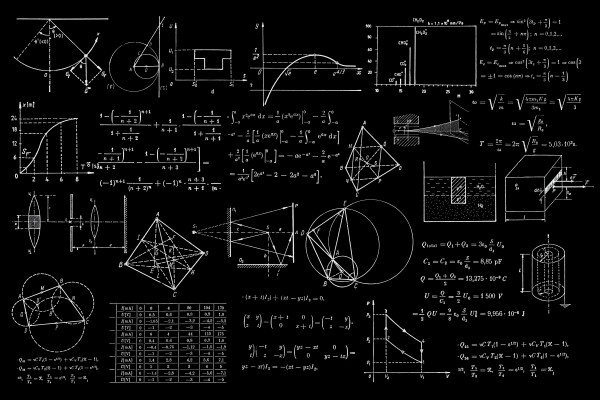 Mathematicians already use AI to perform and check calculations, but it’s always been the domain of the mathematicians themselves to find patterns in complicated maths and propose ideas about how those patterns might work (known as conjectures).
Mathematicians already use AI to perform and check calculations, but it’s always been the domain of the mathematicians themselves to find patterns in complicated maths and propose ideas about how those patterns might work (known as conjectures).
For the first time ever, AI has been used to suggest conjectures in maths. University of Sydney Professor Geordie Williamson worked with the London-based AI lab DeepMind to develop a conjecture in representation theory using AI. His Oxford colleagues also used AI to discover a new theorem in knot theory.
These incredible discoveries show that AI could soon be as useful a tool for mathematicians as a calculator.
First true millipede discovered in Western Australia
Millipedes are famous for their many legs (with a name that translates to ‘thousand feet’). Despite this, until this year, no millipede with over 750 legs had ever been found.
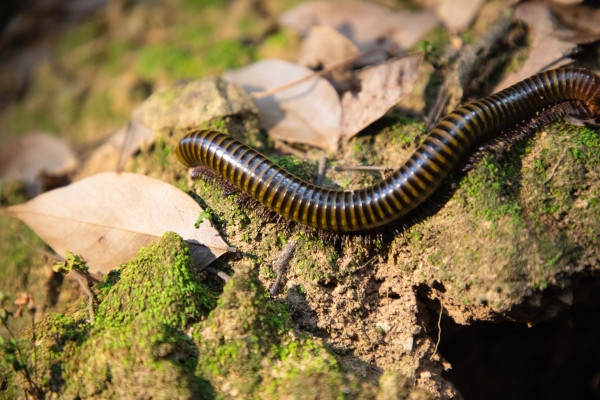 60 meters below ground in a drill hole in the Goldfields-Esperance region of Western Australia. Possessing 1,306 legs, the millipede truly lives up to its name. Spare a thought for the lead author of the study, who had to count each leg three times on a high-res image on Adobe Illustrator!
60 meters below ground in a drill hole in the Goldfields-Esperance region of Western Australia. Possessing 1,306 legs, the millipede truly lives up to its name. Spare a thought for the lead author of the study, who had to count each leg three times on a high-res image on Adobe Illustrator!
The authors of the study, who are from Australia and the United States, pointed out that lots of unknown invertebrates had been discovered beneath the Earth's surface recently, so we can look forward to more new critter discoveries in the years to come.
Australia’s oldest known rock painting dated over 17,000 years
The oldest known Indigenous rock painting in Australia has been radiocarbon dated, and its estimated age lies somewhere between 17,500 and 17,100 year old. That’s more than 600 generations ago!
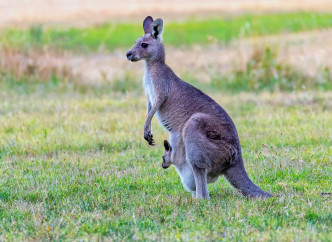 The image is of a two-metre-long kangaroo, painted on the sloping ceiling of a rock shelter on the Unghango clan estate in Balanggarra country in the north-eastern Kimberley region of Western Australia. Experts found the painting’s stylistic features to be typical of the Naturalistic period, which often features life-size animals.
The image is of a two-metre-long kangaroo, painted on the sloping ceiling of a rock shelter on the Unghango clan estate in Balanggarra country in the north-eastern Kimberley region of Western Australia. Experts found the painting’s stylistic features to be typical of the Naturalistic period, which often features life-size animals.
This research is part of Australia’s largest rock art dating project, led by researchers from the University of Melbourne in collaboration with the Balanggarra Aboriginal Corporation and other organisations.
Largest dinosaur recorded in Australia found in Queensland
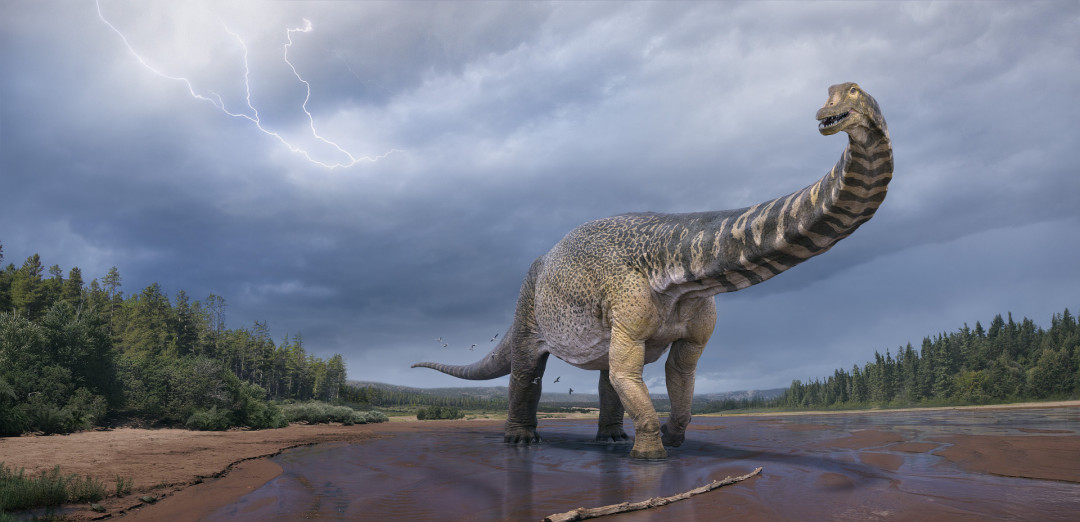
Source: Eromanga Natural History Museum
Palaeontologists have made a gigantic discovery this year. At over 30 feet long and more than 6 feet high, the Australotitan cooperensis (also known as ‘Cooper’) is by far the largest dinosaur ever found in Australia and among the 10 largest dinosaurs in the world.
The massive remains were found to the west of Eromanga in Southwest Queensland, rejigging our understanding of the country’s prehistoric past to the delight and fascination of dinosaur enthusiasts across the country.
Exploding star sheds new light on Big Bang
Astronomers based at the Australian National University may have discovered evidence of a new type of star death – the collapse of a rapidly spinning star undergoing what is known as a ‘magneto-rotational hypernova’.
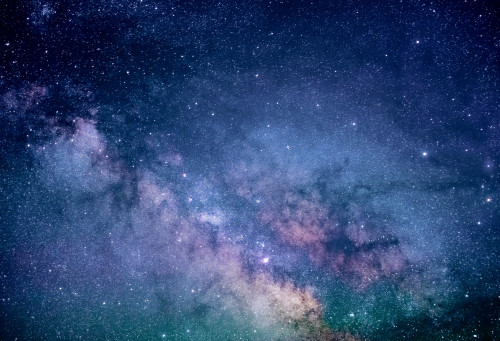 This incredibly violent explosion is roughly ten times the strength of the average supernova. What’s more, it could explain a new way in which some elements are formed. Previously, heavy elements such as zinc, uranium, europium were thought to have been formed from neutron star mergers – another explosive event in which two neutron stars merge.
This incredibly violent explosion is roughly ten times the strength of the average supernova. What’s more, it could explain a new way in which some elements are formed. Previously, heavy elements such as zinc, uranium, europium were thought to have been formed from neutron star mergers – another explosive event in which two neutron stars merge.
Through this discovery, we now know it’s much more likely that both types of explosions contributed to the formation of these heavy elements.



